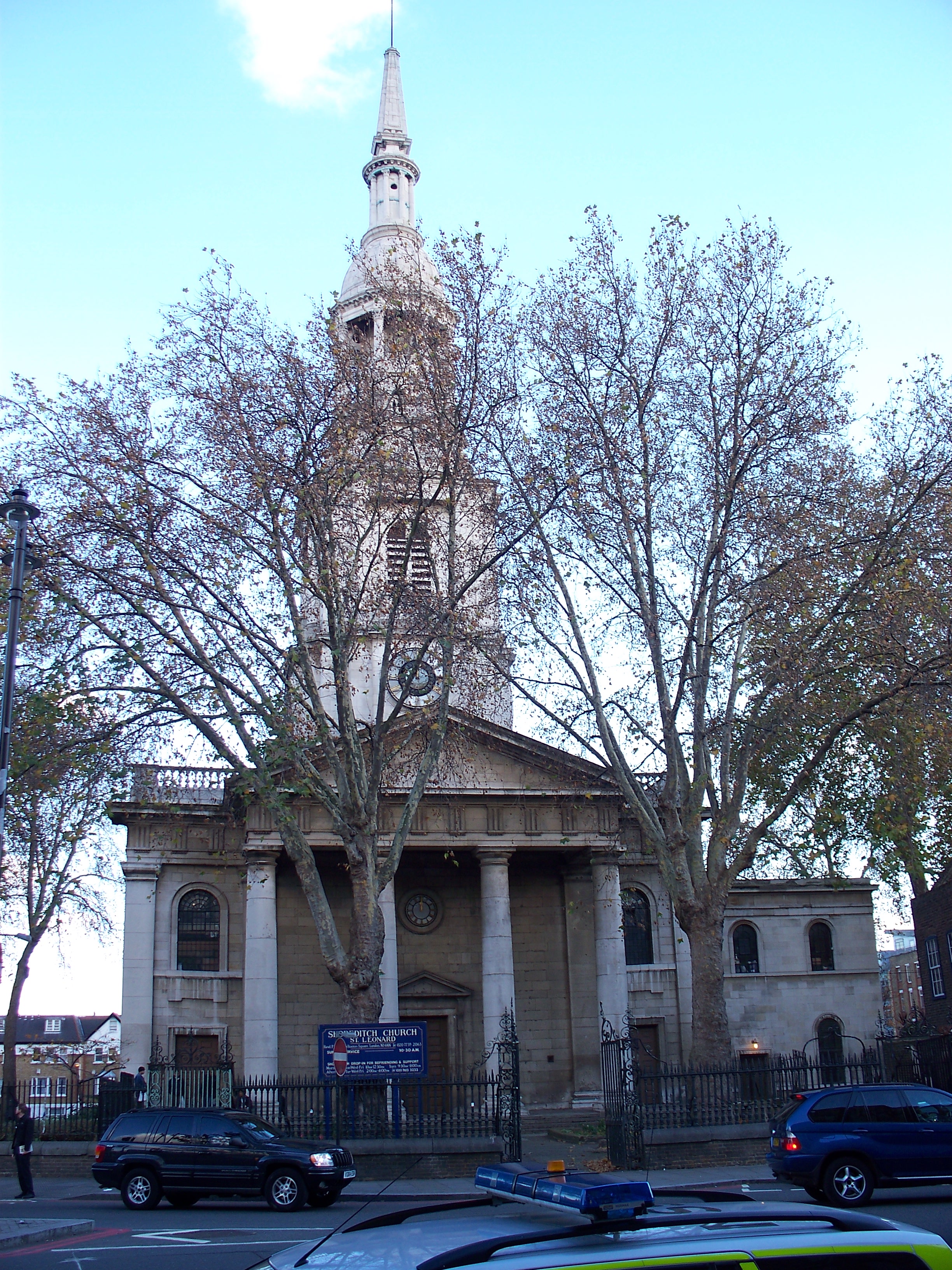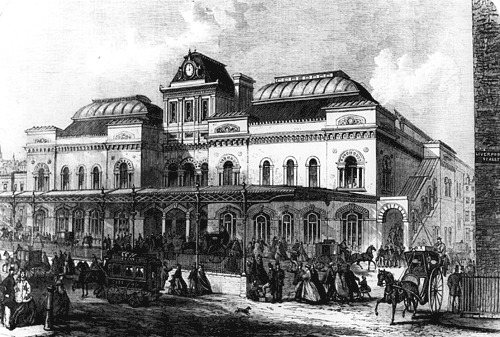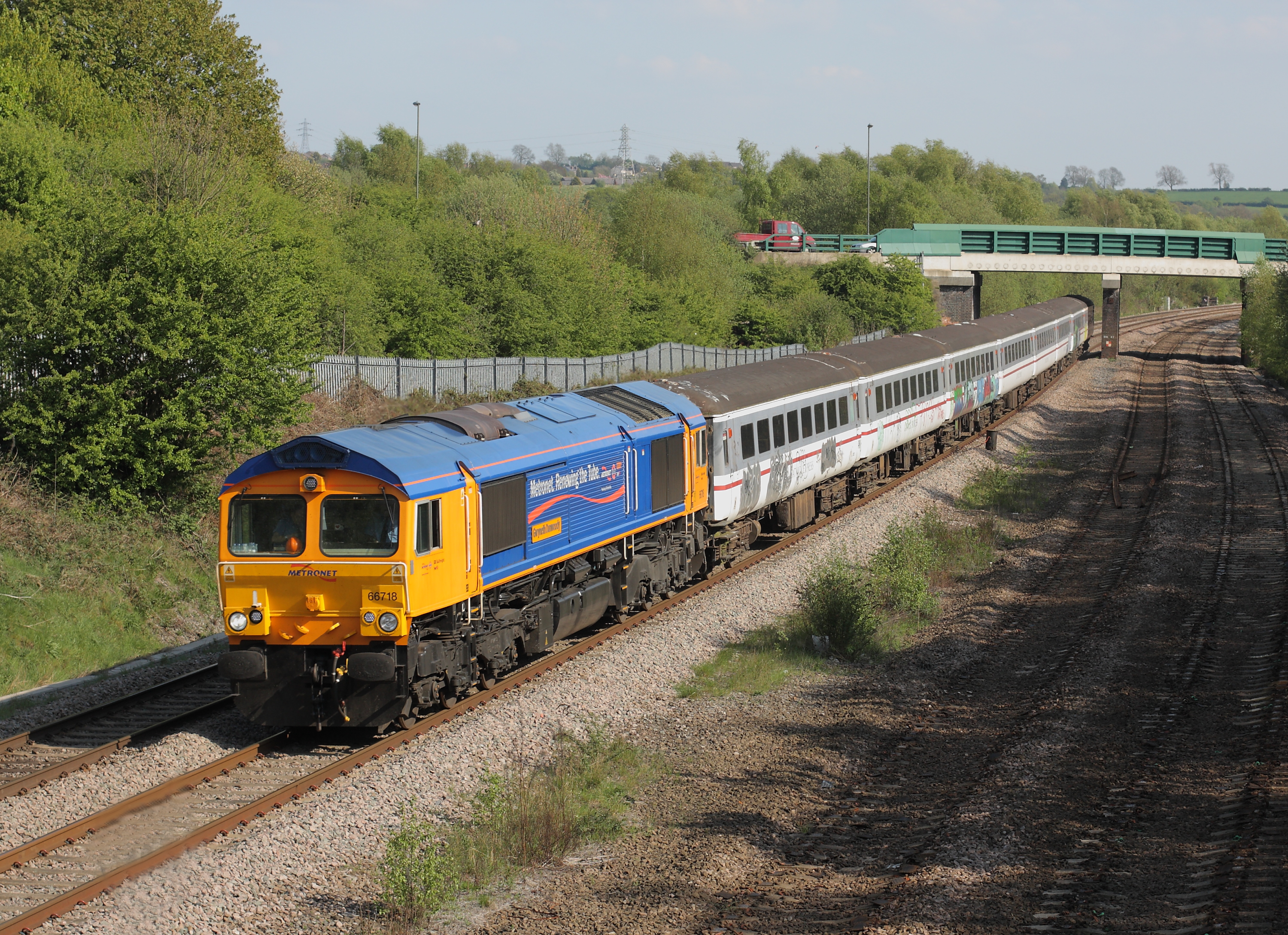|
London Underground 1983 Stock
The London Underground 1983 Stock was a class of electric multiple unit built by Metro-Cammell for use on London Underground's Jubilee line. The 1983 Stock could be considered the last train to be designed by London Underground; it was the last conventional Tube train in the long line of evolving design since the 1938 Stock. The stock was built by Metro-Cammell to replace the 1972 Mark II Stock operating on the Jubilee line; in turn this was intended to enable those trains to replace the 1938 Stock on the Bakerloo line. History Design of the 1983 Stock was finalised in 1980; originally 30 trains were planned, but declining traffic meant that only 15 trains were ordered in 1982, entering service in 1984. An increase in passenger numbers meant that another 16 1/2 trains were built (called Batch Two) and these were delivered in 1988. All trains were formed of six carriages. The 1983 stock owed much to the sub-surface D Stock in design. Like the D Stock, the 1983 Stock had sing ... [...More Info...] [...Related Items...] OR: [Wikipedia] [Google] [Baidu] |
Metro-Cammell
Metro-Cammell, formally the Metropolitan Cammell Carriage and Wagon Company (MCCW), was an English manufacturer of railway carriages, locomotives and railway wagons, based in Saltley, and subsequently Washwood Heath, in Birmingham. Purchased by GEC Alsthom in May 1989, the Washwood Heath factory was closed in 2005. The company designed and built trains for the railways in the United Kingdom and overseas, including the Mass Transit Railway of Hong Kong, Kowloon–Canton Railway (now East Rail line), the Channel Tunnel, and the Tyne and Wear Metro, and locomotives for Malaysia's Keretapi Tanah Melayu. Diesel and electric locomotives were manufactured for South African Railways, Nyasaland Railways, Malawi, Nigeria, Trans-Zambezi Railway and Pakistan. DMUs were supplied to Jamaica Railway Corporation and the National Railways of Mexico. The vast majority of London Underground rolling stock manufactured in mid-20th century was produced by the company. It also designed and built ... [...More Info...] [...Related Items...] OR: [Wikipedia] [Google] [Baidu] |
South Harrow Tube Station
South Harrow is a London Underground station on the Uxbridge branch of the Piccadilly line. It is between Rayners Lane and Sudbury Hill stations. It is located on Northolt Road ( A312). The station is in Travelcard Zone 5. There are several bus stands outside the station as well as overnight train stabling sidings. History South Harrow station was opened on 28 June 1903 by the District Railway (DR, now the District line) as the terminus of its new extension from Park Royal & Twyford Abbey. This new extension was, together with the existing tracks back to Acton Town, the first section of the Underground's surface lines to be electrified and operate electric instead of steam trains. The Deep level tube lines open at that time ( City & South London Railway, Waterloo & City Railway and Central London Railway) had been electrically powered from the start. On 1 March 1910, the DR was extended north to meet the Metropolitan Railway (MR, now the Metropolitan line) tracks at R ... [...More Info...] [...Related Items...] OR: [Wikipedia] [Google] [Baidu] |
London Underground Electric Multiple Units
London is the capital and largest city of England and the United Kingdom, with a population of just under 9 million. It stands on the River Thames in south-east England at the head of a estuary down to the North Sea, and has been a major settlement for two millennia. The City of London, its ancient core and financial centre, was founded by the Romans as '' Londinium'' and retains its medieval boundaries.See also: Independent city § National capitals The City of Westminster, to the west of the City of London, has for centuries hosted the national government and parliament. Since the 19th century, the name "London" has also referred to the metropolis around this core, historically split between the counties of Middlesex, Essex, Surrey, Kent, and Hertfordshire, which largely comprises Greater London, governed by the Greater London Authority.The Greater London Authority consists of the Mayor of London and the London Assembly. The London Mayor is distinguished from the ... [...More Info...] [...Related Items...] OR: [Wikipedia] [Google] [Baidu] |
Destination Sign
A destination sign (North American English) or destination indicator/destination blind (British English) is a sign mounted on the front, side or rear of a public transport vehicle, such as a bus, tram/streetcar or light rail vehicle, that displays the vehicle's route number and destination, or the route's number and name on transit systems using route names. The main such sign, mounted on the front of the vehicle, usually located above (or at the top of) the windshield, is often called the headsign, most likely from the fact that these signs are located on the front, or head, end of the vehicle. Depending on the type of the sign, it might also display intermediate points on the current route, or a road that comprises a significant amount of the route, especially if the route is particularly long and its final terminus by itself is not very helpful in determining where the vehicle is going. Technology types Several different types of technology have been used for destination si ... [...More Info...] [...Related Items...] OR: [Wikipedia] [Google] [Baidu] |
London Transport Museum Depot
The London Transport Museum (often abbreviated as the LTM) is a transport museum based in Covent Garden, London. The museum predominantly hosts exhibits relating to the history, heritage of Transport in London, London's transport, as well as conserving and explaining the history of it. The majority of the museum's exhibits originated in the collections of London Regional Transport, London Transport, but, since the creation of Transport for London (TfL) in 2000, the remit of the museum has expanded to cover all aspects of transportation in the city and in some instances beyond. The museum operates from two sites within London. The main site in Covent Garden uses the name of its parent institution, and is open to the public every day excluding over Christmas, having reopened in 2007 after a two-year refurbishment. The other site, located in Acton, London, Acton, is known as the London Transport Museum Depot and is principally a storage site of historic artefacts that is open to th ... [...More Info...] [...Related Items...] OR: [Wikipedia] [Google] [Baidu] |
Shoreditch
Shoreditch is a district in the East End of London in England, and forms the southern part of the London Borough of Hackney. Neighbouring parts of Tower Hamlets are also perceived as part of the area. In the 16th century, Shoreditch was an important centre of the Elizabethan Theatre, and it has been an important entertainment centre since that time. Today, it hosts many pubs, bars and nightclubs. The most commercial areas lie closest to the city of London and along the A10 Road, with the rest mostly residential. Toponymy Early spellings of the name include ''Soredich'' (c.1148), ''Soresdic'' (1183–4), ''Sordig'' (1204), ''Schoresdich'' (1220–21), and other variants. Toponymists are generally agreed that the name derives from Old English "''scoradīc''", i.e. "shore-ditch", the shore being a riverbank or prominent slope; but there is disagreement as to the identity of the "shore" in question. A suggestion made by Eilert Ekwall in 1936 that the "ditch" might have been one leadi ... [...More Info...] [...Related Items...] OR: [Wikipedia] [Google] [Baidu] |
Broad Street Railway Station (England)
Broad Street was a major terminal station in the City of London, adjacent to Liverpool Street station. It served as the main terminus of the North London Railway (NLR) network, running from 1865 to 1986. During its lifetime, it catered for mainly local suburban services around London, and over time struggled to compete with other modes of transport, leading to its closure. The station was built as a joint venture by the NLR and the London and North Western Railway (LNWR) in order to have a station serving freight closer to the City. It was immediately successful for both goods and passenger services and saw a significant increase in NLR traffic. Usage peaked in the early 20th century, after which it suffered from competition of London trams,_buses,_and_particularly_the_London_Underground.html" ;"title=""type": ..., buses, and particularly the London Underground">"type": ..., buses, and particularly the London Underground network. Patronage gradually fell and services decreased, ... [...More Info...] [...Related Items...] OR: [Wikipedia] [Google] [Baidu] |
Great Ormond Street Hospital
Great Ormond Street Hospital (informally GOSH or Great Ormond Street, formerly the Hospital for Sick Children) is a children's hospital located in the Bloomsbury area of the London Borough of Camden, and a part of Great Ormond Street Hospital for Children NHS Foundation Trust. The hospital is the largest centre for child heart surgery in the UK and one of the largest centres for heart transplantation in the world. In 1962 they developed the first heart and lung bypass machine for children. With children's book author Roald Dahl, they developed an improved shunt valve for children with hydrocephalus, and non-invasive (percutaneous) heart valve replacements. They did the first UK clinical trials of the rubella vaccine, and the first bone marrow transplant and gene therapy for severe combined immunodeficiency.Breakthroughs It is closely associated with University College London (UCL) and in partnership with the UCL Great Ormond Street Institute of Child Health, which is adjace ... [...More Info...] [...Related Items...] OR: [Wikipedia] [Google] [Baidu] |
Radio Lollipop
Radio Lollipop is a charitable organization providing a care, comfort, play and entertainment service for children in hospital. It organizes Volunteer Playmakers to spend time with children in wards or in special play areas, taking its name from the radio stations it runs in hospitals playing children's programming - part-presented by children themselves. History Radio Lollipop was founded in 1978 at Queen Mary's Hospital for Children in Surrey, England, at first primarily as a cable-wired station for the 460 children in the hospital. The station made its first broadcast on 5 May 1979, when the first Radio Lollipop went on-air. Following the success of the first station, the International Year of the Child Committee provided funding in 1980 to develop Radio Lollipops in other British hospitals. Over time, emphasis shifted from the radio station to volunteers spending time on wards entertaining children in person, by playing games, doing arts and crafts, and reading stories. ... [...More Info...] [...Related Items...] OR: [Wikipedia] [Google] [Baidu] |
London Transport Museum
The London Transport Museum (often abbreviated as the LTM) is a transport museum based in Covent Garden, London. The museum predominantly hosts exhibits relating to the heritage of London's transport, as well as conserving and explaining the history of it. The majority of the museum's exhibits originated in the collections of London Transport, but, since the creation of Transport for London (TfL) in 2000, the remit of the museum has expanded to cover all aspects of transportation in the city and in some instances beyond. The museum operates from two sites within London. The main site in Covent Garden uses the name of its parent institution, and is open to the public every day excluding over Christmas, having reopened in 2007 after a two-year refurbishment. The other site, located in Acton, is known as the London Transport Museum Depot and is principally a storage site of historic artefacts that is open to the public on scheduled visitor days throughout the year. The museum w ... [...More Info...] [...Related Items...] OR: [Wikipedia] [Google] [Baidu] |
Rotherham
Rotherham () is a large minster and market town in South Yorkshire, England. The town takes its name from the River Rother which then merges with the River Don. The River Don then flows through the town centre. It is the main settlement of the Metropolitan Borough of Rotherham. Rotherham is also the third largest settlement in South Yorkshire after Sheffield and Doncaster, which it is located between. Traditional industries included glass making and flour milling. Most around the time of the industrial revolution, it was also known as a coal mining town as well as a contributor to the steel industry. The town's historic county is Yorkshire. From 1889 until 1974, the County of York's ridings became counties in their own right, the West Riding of Yorkshire was the town's county while South Yorkshire is its current county. Rotherham had a population of 109,691 in the 2011 census. The borough, governed from the town, had a population of , the most populous district in En ... [...More Info...] [...Related Items...] OR: [Wikipedia] [Google] [Baidu] |
CF Booth
C F Booth Ltd is a family-owned scrap metal and recycling business based in Rotherham, South Yorkshire, England. Operations Clarence Frederick Booth founded the business in 1920, as a metal purchaser and trader. Over the company's history, there have been a number of associated sites and businesses including: a rail served site in Doncaster (closed); and a site in Aston, near Rotherham, which concentrated on dismantling buses. Today the company's main site is the Clarence Metal Works, located on the residual southern section of the Sheffield and Rotherham Railway adjacent to the Rotherham Ring Road. Obtained in the 1960s, the railway embankment was removed and the ground level access allowed for easier dismantling of redundant diesel and electric locomotives. This work continues at present, although a number of the vehicles bought are now resold for preservation. Many wagons, carriages, underground and departmental stock are also processed here. C F Booth was involved in one ... [...More Info...] [...Related Items...] OR: [Wikipedia] [Google] [Baidu] |

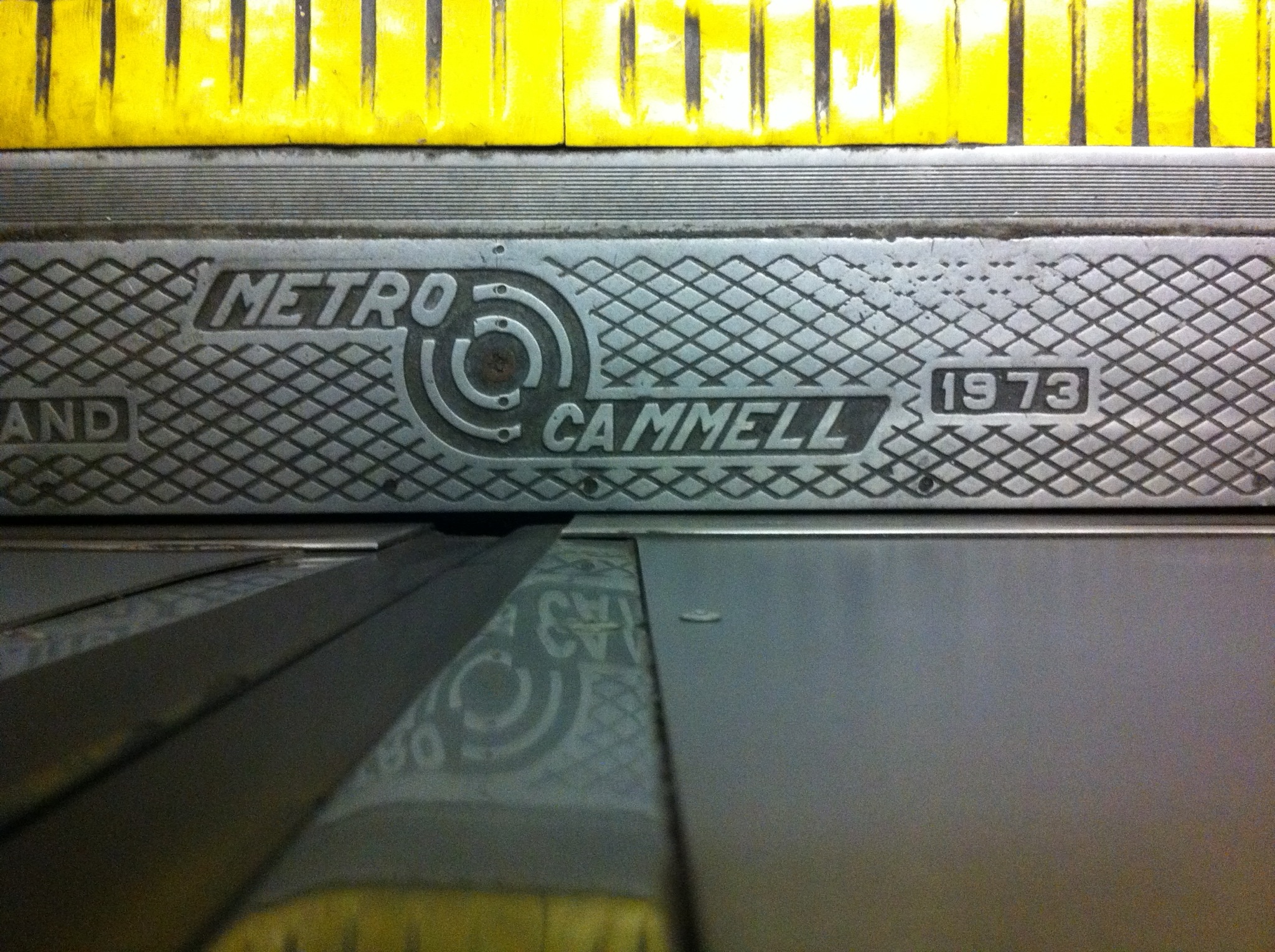
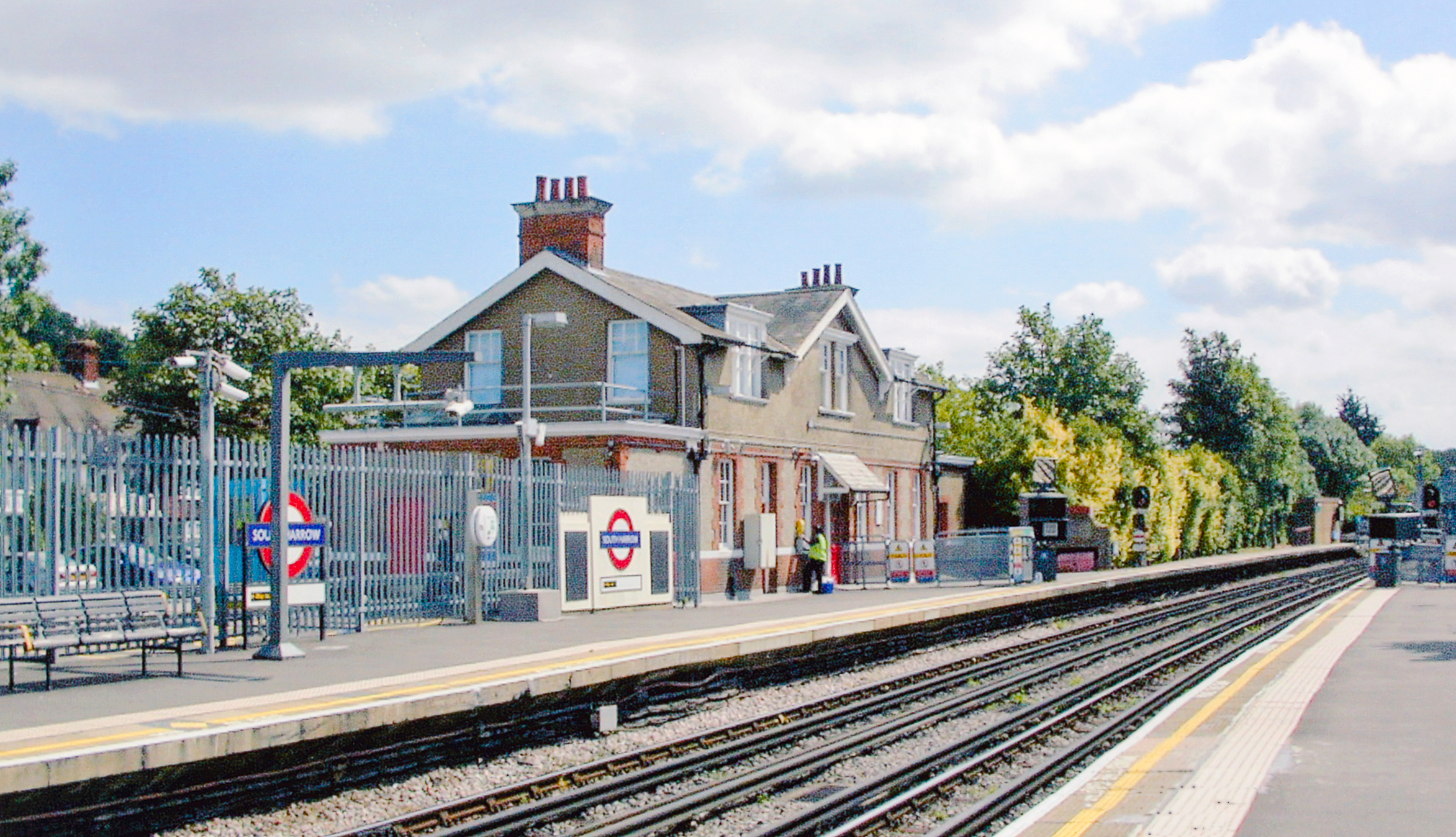

.jpg)
